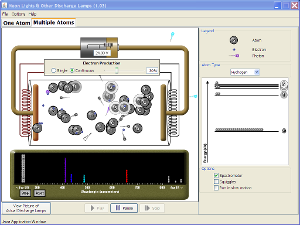There is a ton of information on the three sites above, and you will need to use it to show me your individual creativity.
Option 1: Write two specific obituaries for a star the mass of the sun and a star of another mass. Make the obituaries entertaining, but informative. Connect the ideas of the life cycle to the HR diagram as appropriate.
Option 2: Create a children's book that tells the life cycle of the Sun and the time involved, as well as sharing things that the sun WON'T become. Use example photos from the photo gallery found at http://chandra.harvard.edu
Option 3: Create a 1 minute digital video that explains to me your understanding of two different stellar life cycles.
Grading:
Content accuracy: 10 points
Creativity: 5 points



